To Susan, for sharing my love of cities
What is the city but the people?
William Shakespeare, Coriolanus
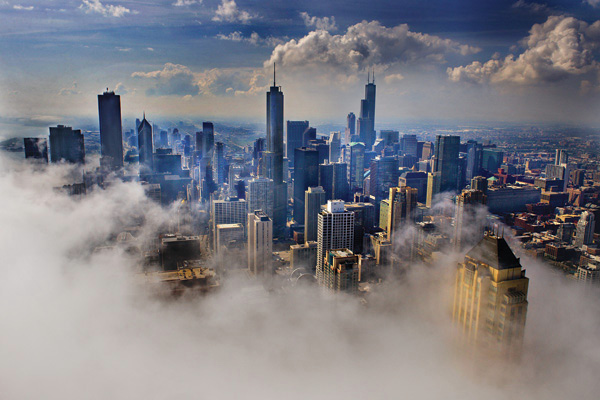
Chicago from the Willis Tower (formerly the Sears Tower).
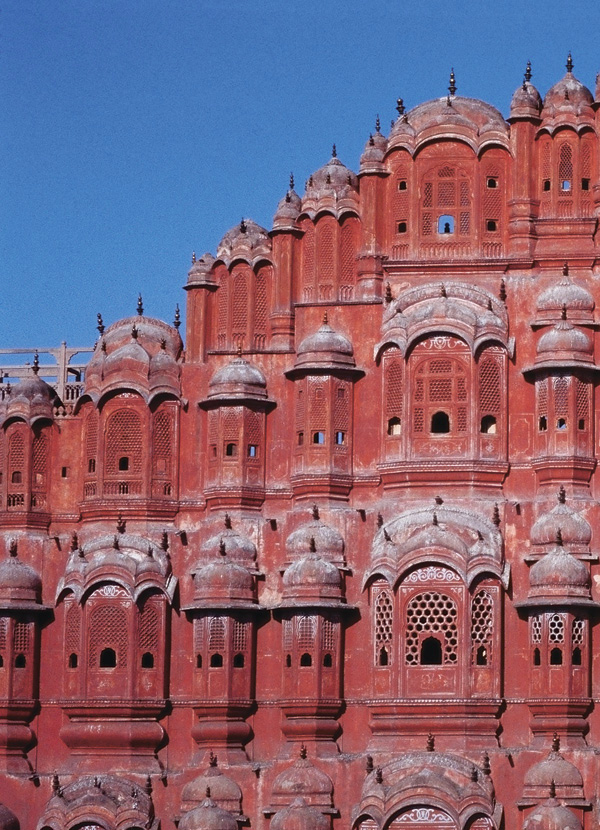
Hawa Mahal, the Palace of the Winds (1799), Jaipur, India.
Introduction
As a species, we have never been entirely satisfied with what nature gave us. We are the ape that shapes our environment, the city builders Homo urbanus . Cities are our greatest creation. They embody our ability to imagine how the world might be and to realise those dreams in brick, steel, concrete and glass. Today, for the first time in the history of the planet, more than half the population 3.3 billion people are city dwellers. Two hundred years ago only 3 per cent of the worlds population lived in cities, a figure that had remained fairly stable (give or take the occasional epidemic) for the last thousand years. By 2050, 75 per cent will be urbanites.
The experience of living in cities is universal. As one historian has written: A town is always a town, wherever it is located, in time as well as space. The first city builders were the Sumerians, who lived in the fertile land between the rivers of the Tigris and the Euphrates in the south of Mesopotamia. Today, this is part of Iraq. For the Sumerians seven thousand years ago, Eden was not a garden but a city. In their legends the first city was called Eridu and it was created by the god Marduk. He wanted to give his people a place of shelter, a refuge to protect them from a natural world that could be harsh and unforgiving. The Sumerians did not long for some mythic rural idyll, an unobtainable Arcadia. They believed the city was the place where all their dreams would be realised. By about 2000 bc , 90 per cent of Sumerians lived in cities such as Ur.
When the first city builders set out on their urban experiment, they created far more than a new man-made environment built of mud bricks. In many respects, they were laying the foundations of modern urban life. Civilisation as we know it today began in the city.
City dwellers also created a new way of being. Humanity was reinvented in these pioneering cities. Urban communities formed a revolutionary social and moral order that broke free from the rigid structures tribes and clans of the rural world. According to a medieval German saying, Stadtluft macht frei, city air sets you free. In a city, you could liberate yourself from feudal bonds and become an individual. The city allows you to be whatever you want to be. In The Great Gatsby , when Nick Carraway glimpses the skyline of midtown Manhattan, with its first wild promise of all the mystery and the beauty in the world, he tells himself: Anything can happen now... anything at all. For thousands of years, people arriving in the city have uttered these words.
From ancient Memphis to Manhattan, the intense experience of urban life has turned cities into magnets attracting the most talented people from the surrounding lands. Whether you were a Chinese peasant passing through the city walls of Nanjing in the third century ad , a Muslim pilgrim entering bustling Baghdad a thousand years ago, or a European immigrant arriving by ship in New York in the early years of the twentieth century, those first impressions of the city are overwhelming: the crowds of people filling the alleys and streets; the din of the traffic, whether horse-drawn carts, automobiles or streetcars; the bitter-sweet smell of humanity living cheek by jowl; buskers and beggars competing for your attention and your money; hawkers offering freshly cooked food; and shop windows stacked with goods from the four corners of the world, at never-to-be-repeated prices.
Two and a half thousand years ago, the Greek poet Alcaeus praised cities as being places of opportunity and vision, where dreams are made and desires fulfilled. Cities were successful because they became centres of trade, creating work and wealth for their inhabitants; because they were safe and secure places in which to live; and because they offered an intense social and cultural life. In its essentials, life for the inhabitants of the first cities was not so very different from today. Indeed, while writing this book I have often been struck by the remarkable continuity of urban life across time and space.
Cities bear the traces of countless past lives. All cities are geological and three steps cannot be taken without encountering ghosts, as the proto-Situationist Ivan Chtcheglov has rather beautifully put it. The awareness of these ghosts as you walk through the city is for me at least one of the most important aspects of the urban experience. Cities are rich storehouses of human history. Even the structure of a new city harks back to earlier urbanisms and age-old dreams of a shining city on a hill. Amidst constant change and flux, there is profound continuity.
Above all, what motivated me to write City was a desire to explore and celebrate what is undoubtedly humankinds greatest achievement. When you have spent all your life in cities, it is easy to forget the exhilarating sense of awe felt by those who encounter the city for the first time.
When the German poet Heinrich Heine first saw London in 1827 he was astonished by what he described as the greatest wonder which the world can show. Poets, like great photographers, make the world anew through their work, so that we see it as if for the first time. They make the stone stony, in Viktor Shklovskys memorable phrase. If this book manages to reawaken in you, the reader, something of the sense of wonder that Heine felt on seeing London for the first time, then it will have succeeded.
* * *
As Iain Sinclair has rightly said, walking is the best way to explore and exploit the city. To really understand a city, you need to walk its streets and read its geography through the soles of your feet. The book you are holding is designed with this in mind, as a guidebook to an imaginary Everycity. It will accompany you on your way around those many features of urban life and geography that have been present in cities since the beginning and have become part of our urban genetic code.
You can start on page one and read all the way through to the end if you want. But I have tried to create a book in which you can wander and drift. The elements of surprise and discovery are important, just as they are when you explore a real city. Open the book anywhere and begin there are no set routes here. From the Central Station you could strike out to Chinatown or the House of God. Then you could grab some Street Food to eat in the Park before making your way to the Department Store. In the evening you could explore the City and the Stage, or stroll through the Red-Light District, and then head back to your Hotel or Downtown apartment for the night. As in a real city, you can follow any number of pathways through this book. And dont worry about getting lost. Some say its the only way really to experience a city.
_fmt.jpeg)

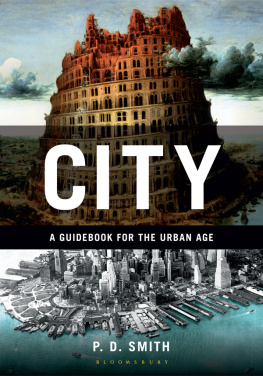





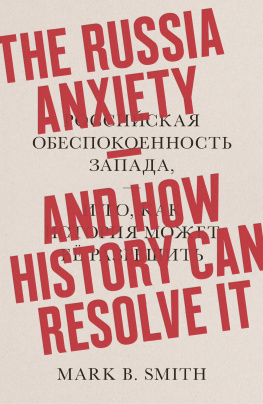

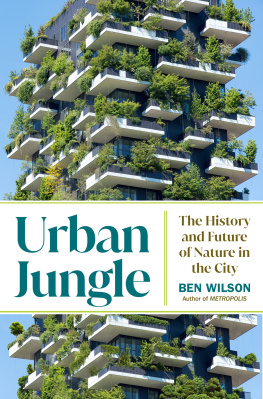
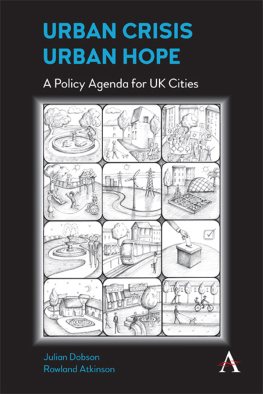
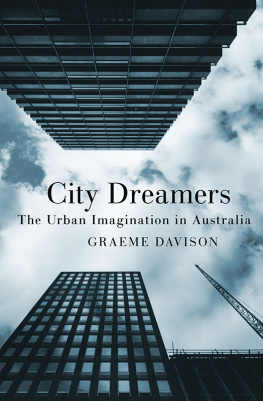
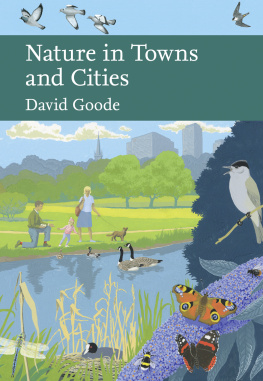
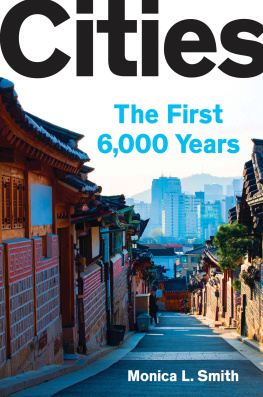
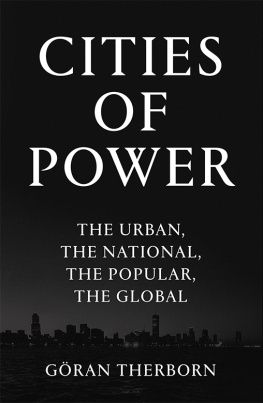
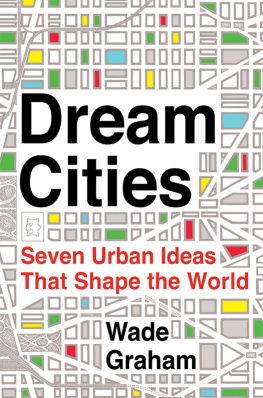
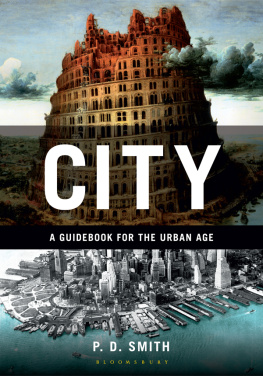
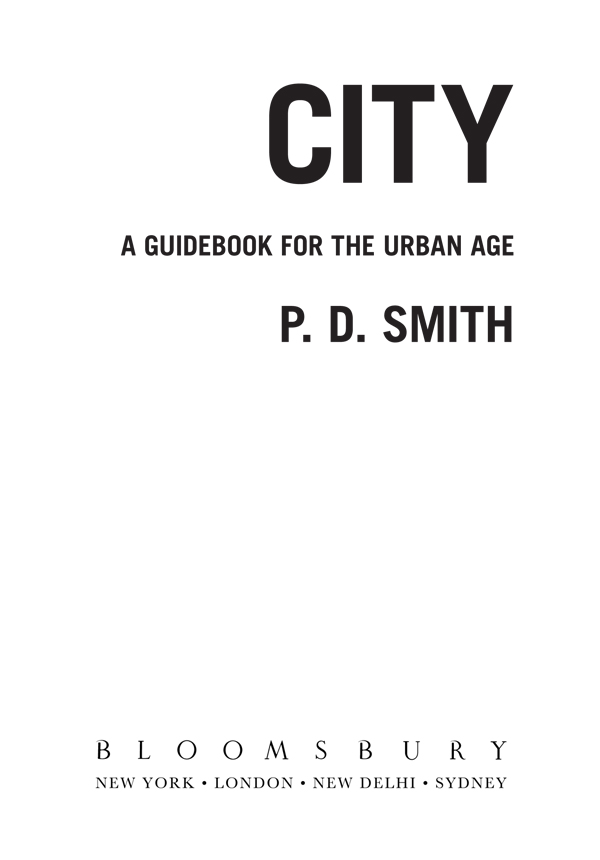


_fmt.jpeg)